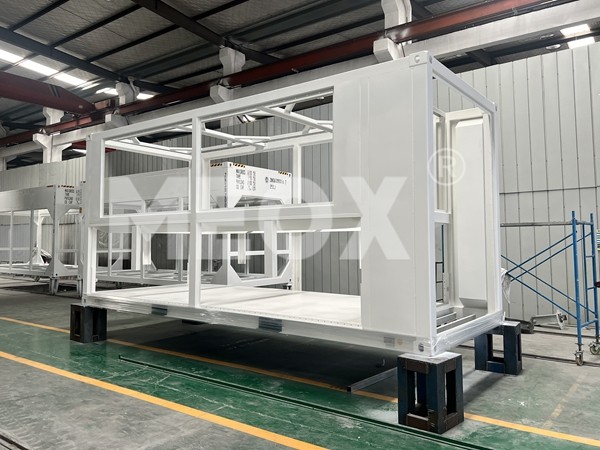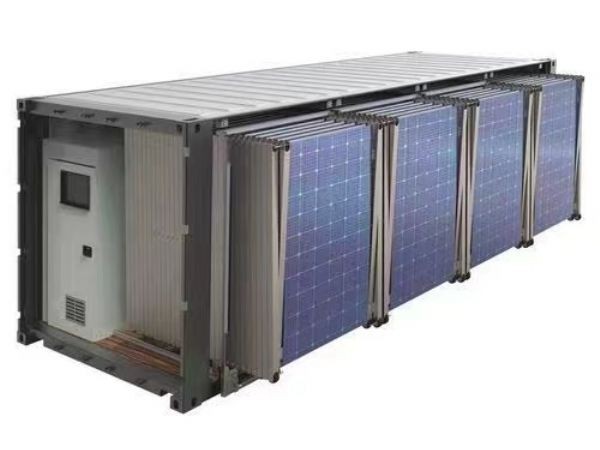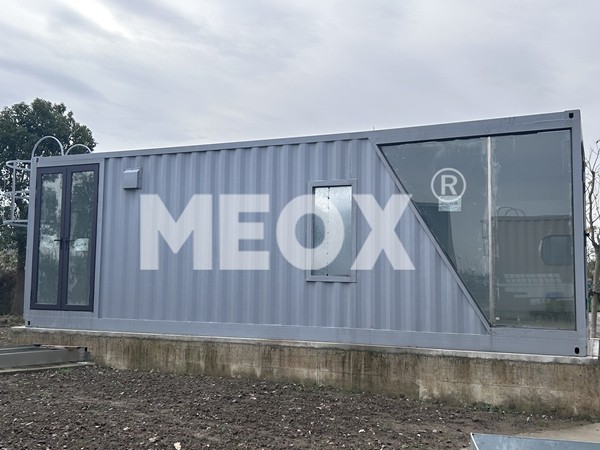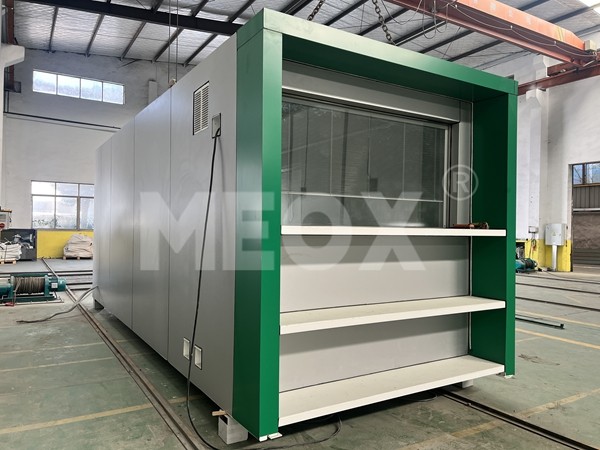Mushroom farming in shipping containers is revolutionizing urban agriculture and sustainability. This innovative approach leverages space-efficient methods to cultivate fungi, making it a feasible venture for both budding entrepreneurs and seasoned farmers. Enclosed in the steel confines of a shipping container, mushrooms thrive in a controlled environment, providing consistent yields regardless of external weather conditions. Here’s an in-depth exploration of what makes this method a game-changer in the agricultural industry.
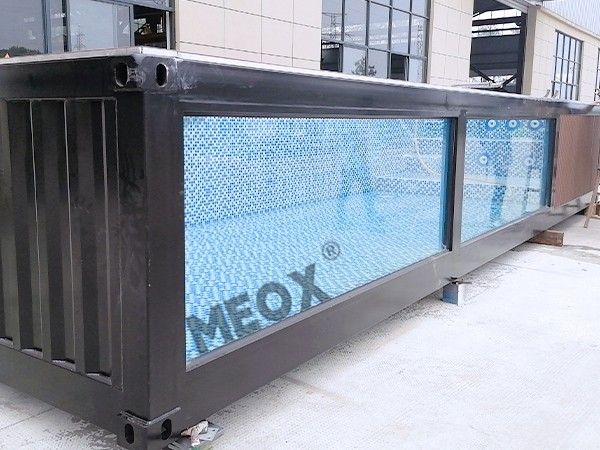
Shipping containers, with their inherent modularity and durability, offer an ideal setting for mushroom farming. The controlled environment inside a container enables precise manipulation of light, humidity, and temperature, the three crucial factors for optimal mushroom growth. Traditional mushroom farming requires large, costly setups that are often susceptible to environmental variances. However, container farming bypasses these limitations by providing a sealed ecosystem that can be easily monitored and adjusted.
The process begins with selecting the right mushroom strains. Common varieties such as shiitake, oyster, and button mushrooms flourish particularly well in container environments. Each strain has specific needs regarding substrate, temperature, and humidity, but the foundational principle remains the same replicating their natural habitat under managed conditions. For instance, oyster mushrooms require high humidity, achieved by installing humidifiers and maintaining a consistent moisture level within the container.

Once the strain is chosen, the next step is substrate preparation. Substrates are the nutrient-rich bases where mushrooms grow, often consisting of materials like straw, coffee grounds, or sawdust. The substrate must be sterilized to eliminate competing organisms, a process that’s efficiently managed in container farms using pasteurization or steam methods. The compact nature of a container means that substrates can be prepared in smaller quantities but with greater precision, leading to a higher success rate of mushroom colonization.
Technology plays a pivotal role in container mushroom farming. IoT devices monitor environmental variables, sending real-time data to farmers who can make instant adjustments. Automated systems control ventilation and air quality, factors critical to preventing fungal contamination. The use of renewable energy sources, such as solar panels, can further reduce the carbon footprint, marrying modern technology with eco-friendly practices.mushroom farming in shipping containers
Economically, shipping container mushroom farming presents several advantages. The initial investment is considerably lower than building a full-scale farm. Containers can be stacked vertically, maximizing use of space, which is particularly beneficial in urban settings where land is scarce and expensive. This vertical farming model promotes higher yield per square foot compared to traditional methods. Additionally, proximity to local markets in urban areas reduces transportation costs and time, ensuring fresher produce reaches consumers promptly.
Additionally, sustainability is at the core of this farming method. By repurposing and insulating shipping containers, an otherwise waste product is transformed into a productive resource. The closed-loop system minimizes water usage, and the potential for integrating aquaponics provides opportunities for a symbiotic relationship between plant and fungi production, further optimizing resource use.
The rise of shipping container mushroom farms underscores a shift toward sustainable agricultural practices that prioritize space utilization, resource management, and minimal environmental impact. As consumers become increasingly aware of food origins, the traceability and sustainability offered by container farming align with demands for transparency. Furthermore, local sourcing initiatives benefit from this practice, supporting community economies and reducing dependency on mass-produced, transported mushrooms.
With global food security challenges mounting and climate conditions becoming more erratic, container-based mushroom farming positions itself as a resilient solution. It is a practical model that aligns with both commercial aspirations and environmental stewardship. The intersection of innovation, technology, and sustainability encapsulates the essence of mushroom farming in shipping containers, establishing it as a pivotal opportunity in the landscape of modern agriculture.

